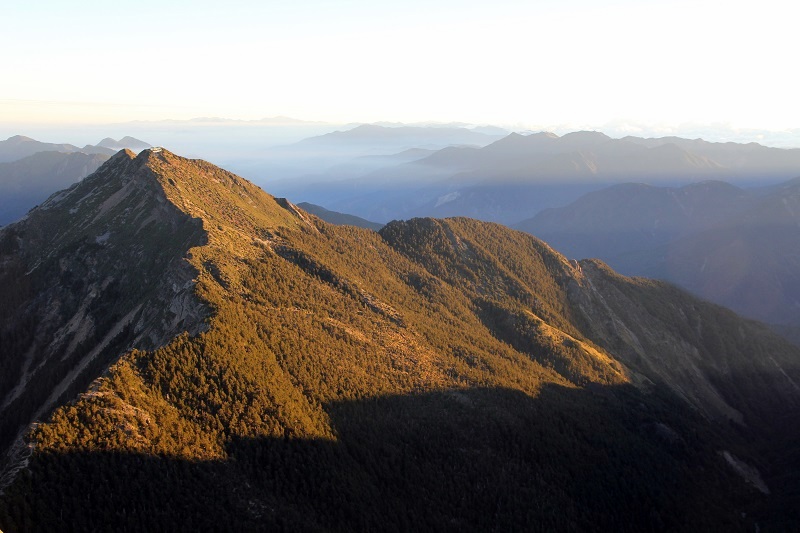FAQ for Tibet

Recommended itineraries: https://iwannatravel.com.sg/himalayas/11d10n-tibet-overland-tour-lhasa-kathmandu https://iwannatravel.com.sg/himalayas/tibet-fixed-date-tour-2025 QUESTIONS PERTAINING TO PERMIT 1. Do I need a Chinese tourist VISA to enter China and Tibet? Singaporeans do not require a visa for China (including Tibet) for […]
FAQ for North Korea
* Currently, we are not organising any North Korean tours to avoid any potential violation of UNSC sanctions. 1. When is the best time to visit North Korea? North Korea can […]
FAQ for Siem Reap
1. When is the best time of the year to visit Cambodia? There are two distinct seasons in Cambodia; the dry season from November to May and the wet season […]
FAQ for Endau Rompin
1. Where is Endau Rompin National park? Endau-Rompin National Park, straddling the states of Johor and Pahang is Malaysia’s second largest national park after Taman Negara. The National Park is […]
FAQ for Flores
1. Where is Flores? Flores (Flowers in Portuguese) is one of the Lesser Sunda Islands, a group of islands in the eastern half of Indonesia. Its land area is about 20 times bigger […]
FAQ for Xueshan
1. When is the best time to climb? The recommended period to climb Xueshan is during the dry season from October to December. From late December to March, the mountain […]
FAQ for Mount Semeru
1. When is the best trekking season for Mount Semeru? The best trekking season is during the dry season from late April to November. The mountain is usually closed to […]
FAQ for Goechala
1. When is the best time for the Goechala Trek? The best time to go for the Goechala Trek is the summer period – from April to June, when the […]
FAQ for Borobudur
1. When is the best time to visit Borobudur Park? Borobudur in Java has its dry season from April to October and a wet season from November to March. The […]
FAQ for Yushan

Recommended itinerary: 2D2N Yushan (Jade Mountain) Climb | iwannatravel 1. When is the best time to climb Yushan?It is possible to climb Yushan all year round (except during the month […]
